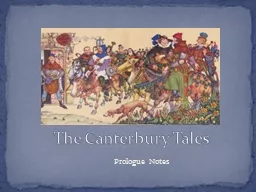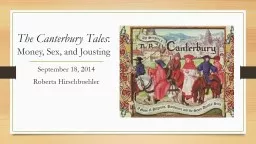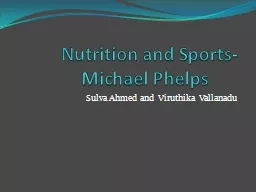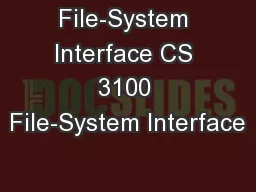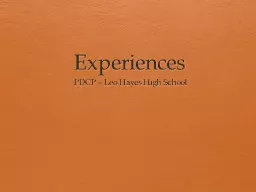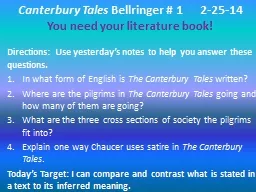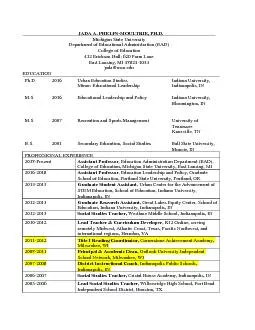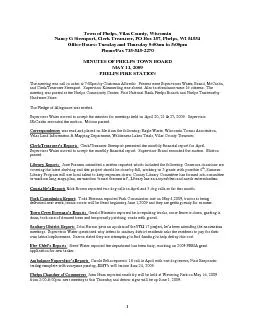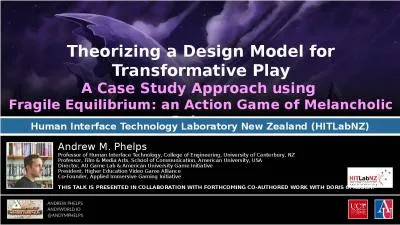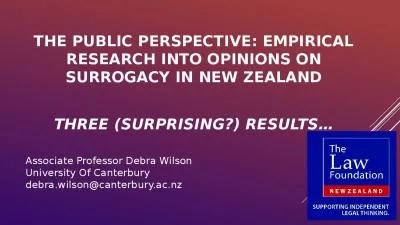PPT-Andrew Phelps Professor of Human Interface Technology, University of Canterbury, NZ
Author : trish-goza | Published Date : 2019-11-29
Andrew Phelps Professor of Human Interface Technology University of Canterbury NZ Professor of Art amp Design Rochester Institute of Technology USA Games Scholar
Presentation Embed Code
Download Presentation
Download Presentation The PPT/PDF document "Andrew Phelps Professor of Human Interfa..." is the property of its rightful owner. Permission is granted to download and print the materials on this website for personal, non-commercial use only, and to display it on your personal computer provided you do not modify the materials and that you retain all copyright notices contained in the materials. By downloading content from our website, you accept the terms of this agreement.
Andrew Phelps Professor of Human Interface Technology, University of Canterbury, NZ: Transcript
Download Rules Of Document
"Andrew Phelps Professor of Human Interface Technology, University of Canterbury, NZ"The content belongs to its owner. You may download and print it for personal use, without modification, and keep all copyright notices. By downloading, you agree to these terms.
Related Documents


